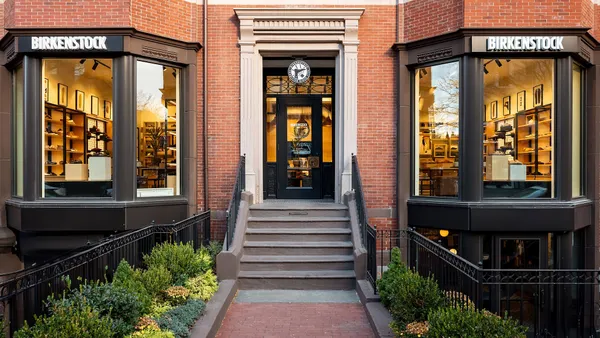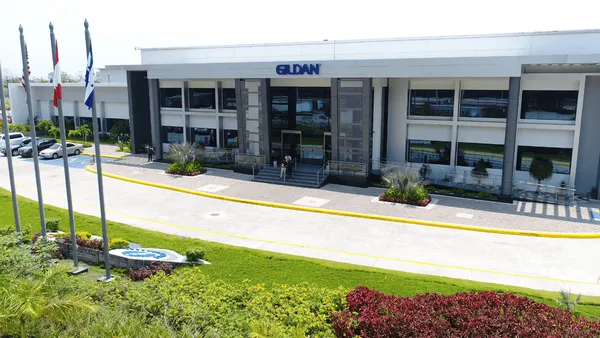Dive Brief:
- Sears Canada’s executive chairman is negotiating a potential private equity buyout for the retailer, which filed for creditor protection in Canada this summer, according to a report in The Wall Street Journal that cited unnamed sources.
- The acquisition could be worth $533 million in U.S. dollars and would cut the retailer's store footprint in half while keeping open 8,000 jobs. It would also allow for repayment on bankruptcy loans to Sears Canada.
- In August, reports surfaced that Executive Chairman Brandon Stranz was preparing a bid for the company. Employees were reportedly fuming this summer as managers took large bonuses while the retailer’s pension payouts became uncertain and employees lost jobs through the restructuring process.
Dive Insight:
A private equity deal would, if it comes to pass, finally offer a clear path forward for Sears Canada, which has spent a fairly dramatic three months in court trying to right itself financially.
In July, ESL Partners — the hedge fund run by Sears Holdings CEO Eddie Lampert — and Fairholme Capital Management were said to be interested in propping up the company in some way, but those talks fell through, according to the Wall Street Journal. ESL and Lampert own about 45% of Sears Canada while Sears Holdings, which spun off Sears Canada in 2014, owns another nearly 12%. Fairholme owns 20.8% of the Canadian retailer.
Stranzl's departure to prepare a bid for the Canadian department store retailer was yet another twist in the complicated drama that has unfolded since Sears Canada sought creditor protection in June.
"In light of the approaching bid deadline and the focus required to assemble all necessary components of a bid, the board thought it was best for Brandon to focus exclusively on putting the bid together and step away from the day-to-day operations," the memo said, according to Canadian news agency CBC. The memo added that the goal of Stranzl's bid was to "facilitate a path for Sears Canada to emerge from CCAA and so that all of us can continue with the company's reinvention plans."
After five years of operating losses and negative cash flow, Sears Canada said in a June 13 release that "cash and forecasted cash flows from operations are not expected to be sufficient to meet obligations coming due over the next 12 months."
Even after the Canadian retailer issued growing concern language, however, it said it had made progress in a turnaround effort. "Sears Canada rebuilt its front and back-end technology platform, redefined its brand positioning, revamped its product assortment, and rebooted its customer experience and service standards," leading to an increase in same-store sales in back-to-back quarters, the company said.
But, the company added at the time, financial pressure from debt and other liquidity stresses had stalled the turnaround efforts and threatened Sears Canada's chances of survival.
While Sears Canada today operates separately from its former parent, it is still tightly connected to the man who runs Sears, through Lampert and Sears' stakes. The situation is an echo of the troubles of Sears Holdings south of the border, which is facing a well-publicized financial crisis of its own.













